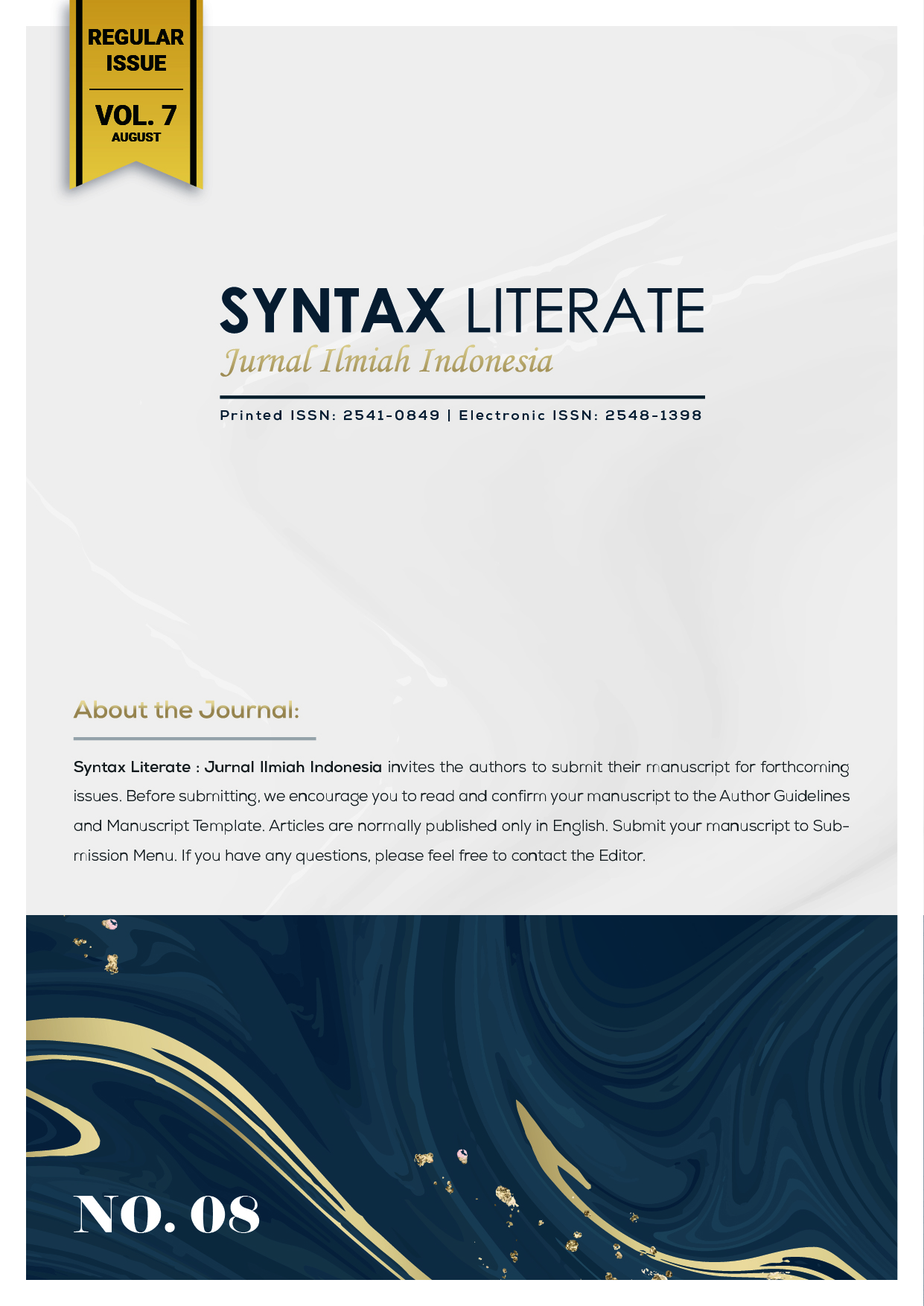Process Improvement Analysis in Toll Corridor Development With Lean Six Sigma Approach
Abstract
Toll Corridor Development (TCD) is one of the businesses conducted by PT Jasamarga Related Business as a follow-up to the issuance of Peraturan Menteri Pekerjaan Umum dan Perumahan Rakyat (PUPR) No. 28 of 2021. In the development of its first TCD project, Jasamarga Related Business (JMRB) encountered issues that resulted in the delay of the project's completion. The purpose of this research is to analyze and make improvements to the causes of delays in the Taman Mini Toll Corridor Development (TCD) project. In this research, the lean six sigma approach is used to analyze process improvements that can be carried out so that these problems can be minimized in the further development of TCD. To identify activities that cause delays in the implementation of this project, the Critical Path Method (CPM) concept was used and further analyzed based on the results of interviews with those directly involved in the development of TCD Taman Mini. From the activities that cause the delay, a causal analysis is carried out using a fishbone diagram, and then an analysis of possible improvements is carried out using a lean concept approach. Based on the analysis results, three main issues are identified, namely inadequate planning process, ineffective partner or consultant selection process and delays in construction completion. From the cause-and-effect analysis, it can be concluded that potential improvements can be made by implementing the concept of pull planning, improving the business process by reducing waste and enhancing value-added activities, establishing effective stakeholder management, and maximizing the use of technology-based applications to aid project control.
Downloads
References
Antony, J., & Banuelas, R. (2002). Key ingredients for the effective implementation of Six Sigma program. Measuring Business Excellence, 6(4), 20–27. https://doi.org/10.1108/13683040210451679
Arditi, D., & Gunaydin, H. M. (1997). Total quality management in the construction process. International Journal of Project Management, 15(4), 235–243. https://doi.org/10.1016/S0263-7863 (96)00076-2
Bajjou, M. S., & Chafi, A. (2018). Lean construction implementation in the Moroccan construction industry: Awareness, benefits and barriers. Journal of Engineering, Design and Technology, 16(4), 533–556. https://doi.org/10.1108/JEDT-02-2018-0031
Ballard, G., & Howell, G. A. (2003). Lean project management. Building Research and Information, 31(2), 119–133. https://doi.org/10.1080/09613210301997
Bryde, D., Broquetas, M., & Volm, J. M. (2013). The project benefits of Building Information Modelling (BIM). International Journal of Project Management, 31(7), 971–980. https://doi.org/https://doi.org/10.1016/j.ijproman.2012.12.001
Demirkesen, S., & Bayhan, H. G. (2022). Critical Success Factors of Lean Implementation in the Construction Industry. IEEE Transactions on Engineering Management, 69(6), 2555–2571. https://doi.org/10.1109/TEM.2019.2945018
Diekmann, J., Krewedl, M., Balonick, J., Stewart, T., & Wonis, S. (2004). Application of lean manufacturing principles to construction.
Galli, B. J. (2018). Can project management help improve lean six sigma? IEEE Engineering Management Review, 46(2), 55–64. https://doi.org/10.1109/EMR.2018.2810146
Koskela, L., Ballard, G., Howell, G., & Tommelein, I. (2002). The foundations of lean construction. Design and Construction: Building in Value.
Porter, M. E. (1985). The Competitive Advantage: Creating and Sustaining Superior Performance. NY : Free Press.
Sawant, S. P., & Pataskar, S. V. (2014). Applying Six Sigma Principles in Construction Industry for Quality Improvement. Advances in Engineering and Technolgy, 407–411.
Slack, N., & Lewis, M. (2017). Operations Strategy (Fifth). Pearson Mission.
Stewart, R. A., & Spencer, C. A. (2006). Six-sigma as a strategy for process improvement on construction projects: A case study. Construction Management and Economics, 24(4), 339–348. https://doi.org/10.1080/01446190500521082
Ullah, F., Thaheem, M. J., Qayyum, S., & Khurshid, M. (2017). Influence of Six Sigma on project success in construction industry of Pakistan. TQM Journal, 29, 276–309. https://doi.org/10.1108/TQM-11-2015-0136
Van der Aalst, W. M. P., Stoffele, M., & Wamelink, J. W. F. (2003). Case handling in construction. Automation in Construction, 12(3), 303–320. https://doi.org/10.1016/S0926-5805(02)00106-1
Copyright (c) 2023 David Batubara, Juliana Rouli

This work is licensed under a Creative Commons Attribution-ShareAlike 4.0 International License.











